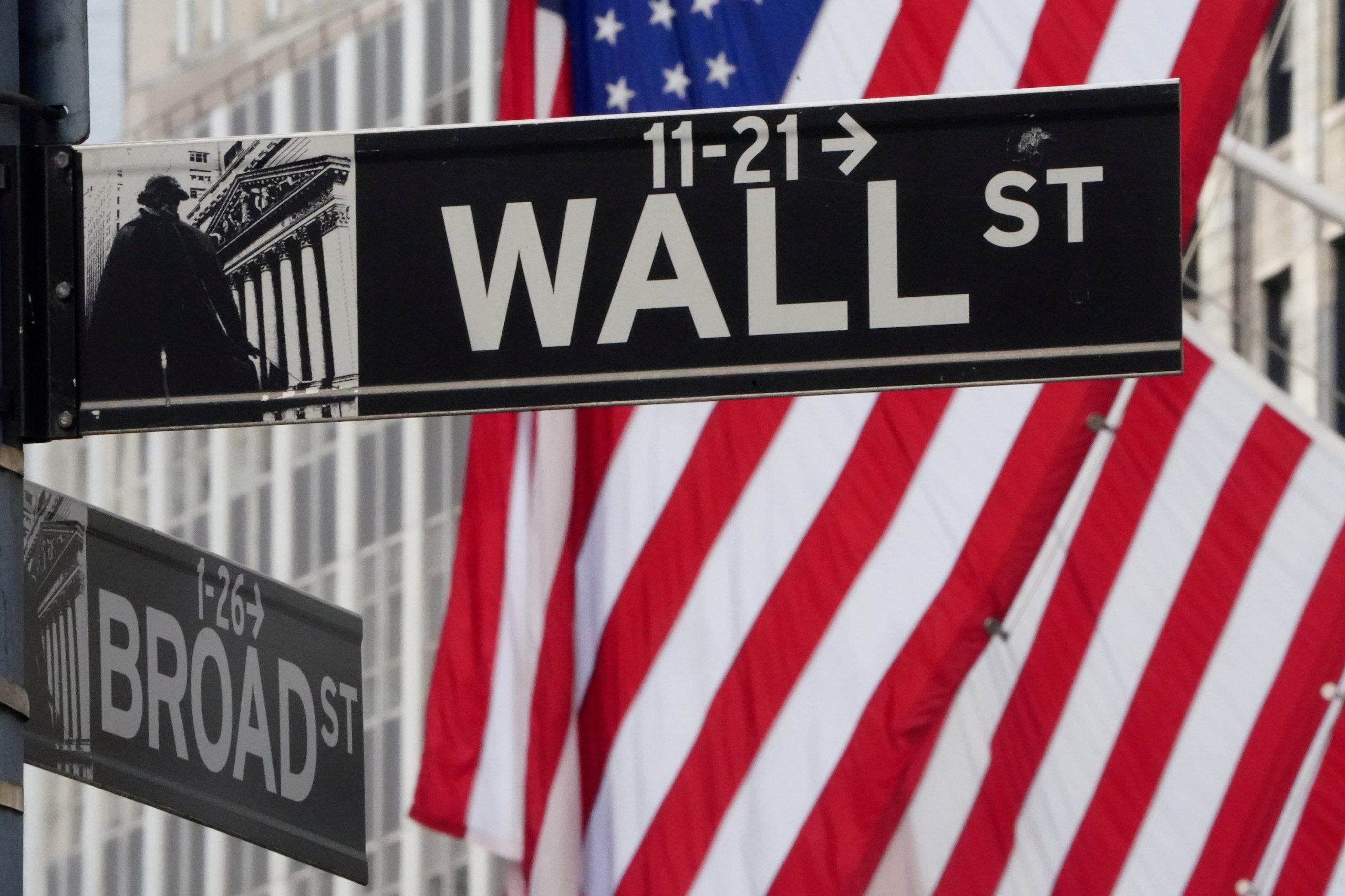The seemingly unstoppable run for technology stocks keeps trucking, and more gains for Microsoft, Apple and other tech companies were almost singlehandedly keeping Wall Street steady on Wednesday.
The S&P 500 drifted between modest gains and losses through the day, as the lift for tech stocks jousted with more prevalent losses elsewhere in the market. The index was up 0.1%, as of 3:20 p.m. Eastern time, after earlier erasing a gain of 0.8% and then a loss of 0.4%.
The Dow Jones Industrial Average was down 24 points, or 0.1%, at 23,858. The Nasdaq, which is full of tech stocks, was up a healthy 1.1%. European and Asian stocks were mixed as markets take a pause after rallying from late March through April.
A report Wednesday morning said private U.S. employers eliminated an astonishing 20.2 million jobs last month amid widespread restrictions meant to slow the spread of the coronavirus. It sets a dour stage for Friday’s more comprehensive jobs report from the U.S. government. Across the Atlantic, the European Union said Wednesday that it’s bracing for a “recession of historic proportions.”
Nearly three out of five stocks in the S&P 500 were down, and financial stocks weighed in particular on the market. JPMorgan Chase was down 1.1% and Wells Fargo fell 2.1%. Banks have been some of the hardest-hit stocks this year, largely on worries that all the job losses caused by the recession will saddle them with mountains of bad loans.
Energy stocks were also down after oil prices gave up some of their gains from earlier in the week. Benchmark U.S. crude oil fell 57 cents, or 2.3%, to settle at $23.99 a barrel Wednesday. Brent crude oil, the international standard, fell $1.25, or 4% to $29.72 a barrel. That helped drag Chevron down 1.5% and Exxon Mobil down 0.8%.
But helping to counterweight that was the gain in tech stocks, which can prop up the market by themselves due to their massive collective size. Microsoft and Apple alone make up 11% of the S&P 500 by market value, giving their movements great sway on the index. Each rose at least 1.5%.
Semiconductor companies were also strong. KLA Corp. rose 6.1% for one of the biggest gains in the index after it reported stronger revenue and earnings for the latest quarter than Wall Street expected.
After being down as much as 23% for the year on worries about the pandemic’s economic hit, tech stocks in the S&P 500 have erased all their losses are now up roughly 1% for 2020.
“With the physical economy effectively offline, the virtual economy is all that remains,” said Ryan Giannotto, director of research at GraniteShares. “It’s accelerated the drumbeat of digital disruption.”
The trend across stock markets has been decidedly up in recent weeks. Countries around the world and some U.S. states are allowing businesses to reopen in hopes of arresting the economic devastation, despite warnings that it could lead to a resurgence in infections.
The S&P 500 has more than halved its earlier loss of 34%, which stretched from February into late March. It began its recovery after the Federal Reserve and U.S. government pledged massive amounts of aid for the economy.
Many analysts are skeptical about the rally, calling it overdone given uncertainty about how long the recession will last. And as Wednesday’s reports demonstrated, the damage looks to be the worst in many decades.
“Sentiment right now really rests on the potential for the economic restart and coincides with concerns about a second or third wave of virus spread,” said Eric Freedman, chief investment officer at U.S. Bank Wealth Management. “It’s more of a wait-and-see, driven by both the path toward a return and how rocky the path may be.”
Investors recently have been focusing on the possibility that the economy will be in a less horrible place a few months from now, which would merit higher prices. China, where the pandemic began in December, has allowed factories and some other businesses to reopen. Some European governments are taking similar steps. California might allow some retailers to resume serving customers this week.
“The virus isn’t going away, that’s just part of our ecosystem,” said Giannotto of GraniteShares. “What can be changed is our willingness to accept risk.”
In Asia, South Korea’s Kospi gained 1.8%, and Hong Kong’s Hang Seng rose 1.1%. Stocks in Shanghai added 0.6%. In Europe, French stocks fell 1.1%, and Germany’s market lost 1.1%. The FTSE 100 in London rose by 0.1%.
The yield on the 10-year Treasury climbed to 0.70% from 0.65% late Tuesday. That’s up from its record low of below 0.40% set in early March, but it’s still well below the roughly 1.90% it was yielding at the start of the year. Yields tend to fall when investors are downgrading their expectations for the economy and inflation.
The U.S. government is borrowing massive sums to pay for its response to the coronavirus, and the ballooning supply of Treasurys may be adding downward pressure on their prices. When a Treasury’s price falls, its yield rises.










Discussion about this post